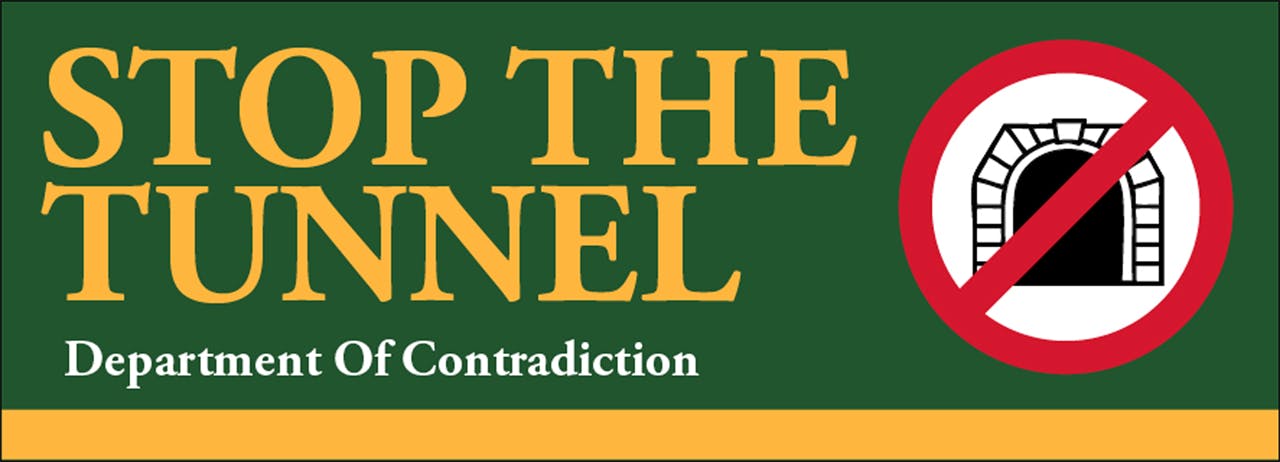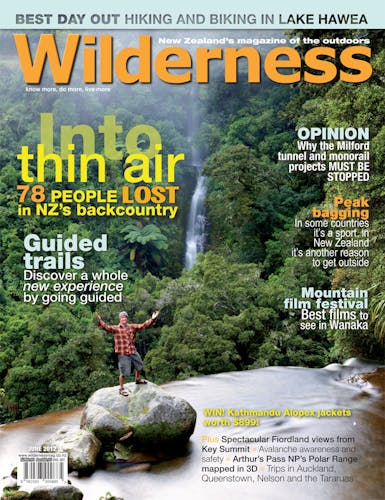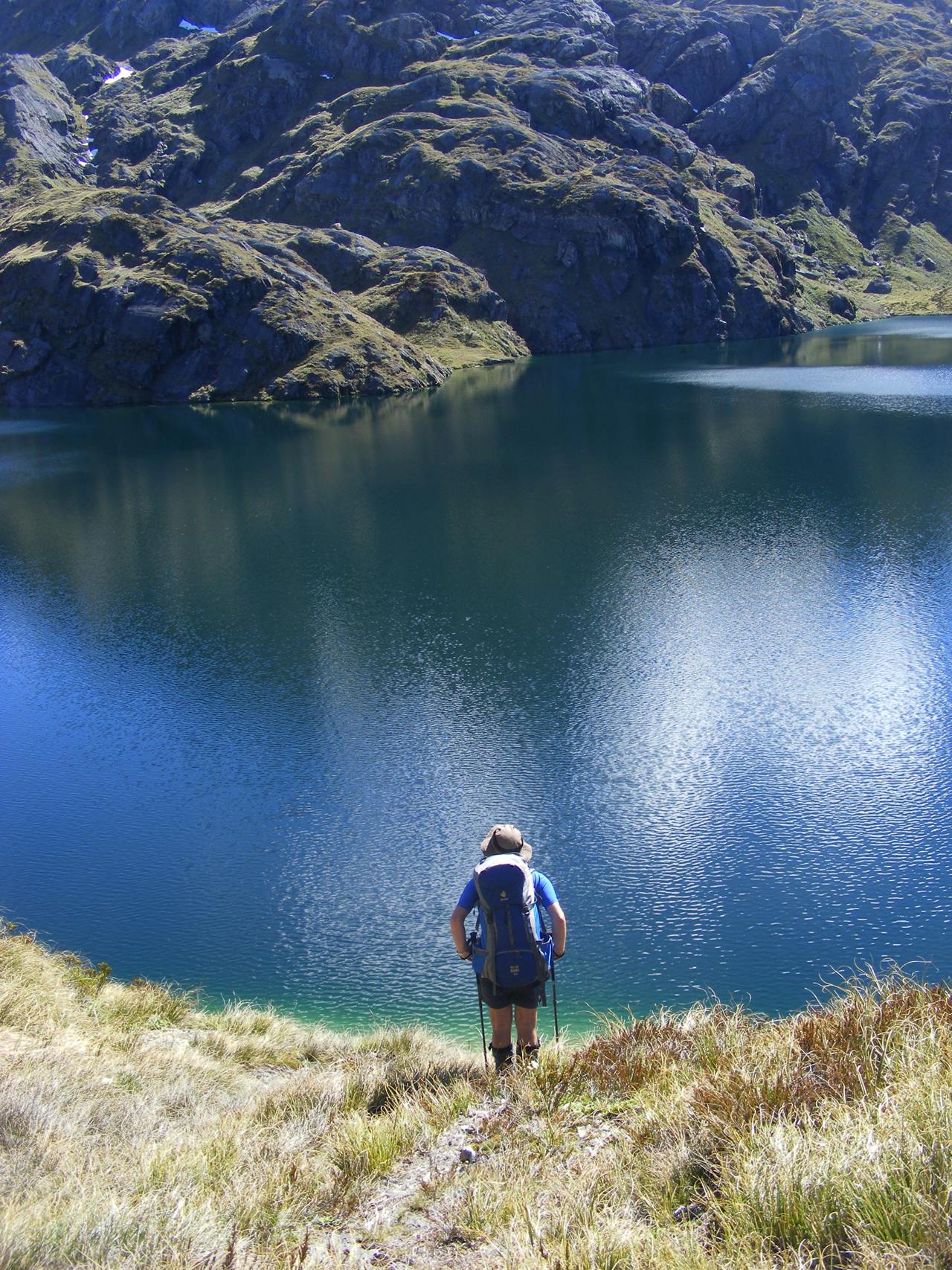David Barnes lays down his argument for opposing the Routeburn tunnel and Snowdon monorail projects
I write this with a sense of déjà vu. In 2004, I penned a piece for this magazine entitled ‘Why outdoors people need to oppose the Caples Gondola’. I could have saved myself some time this time round and just changed ‘gondola’ to ‘tunnel and monorail’. The projects might be different, but the arguments, both for and against, have been well rehearsed.
So why is it that eight years later I am writing a similar article? Milford Dart Ltd has plans to build a one lane tunnel from near the Routeburn Shelter to the Hollyford Valley downstream from Gunn’s Camp. It’ll only be open to buses and will cut travel time from Queenstown to Milford Sound in half. Riverstone Holdings Ltd, on the other hand, is proposing an experience rather than a shortcut with customers taking a catamaran across Lake Wakatipu, ‘all terrain’ buses down the existing gravel road to the Mavora Lakes, a 40km monorail through Snowdon Forest to Te Anau Downs, before boarding another bus to Milford.
The proponents of one or both say they want to enhance the tourist experience, cut travelling time, allow tourists the chance to visit places accessible to an elite few, offer a round trip and ease congestion at Milford Sound. Altruistic as this may sound, the bottom line must be that no-one throws a nine figure sum at projects like these without the primary motivation being to capture a chunk of the nearly $10 billion that tourists spend in New Zealand each year.
But what are the costs – and I’m not talking in dollar terms? In the case of the tunnel, the biggest cost would be the complete undermining of the legal framework that our National Parks operate in. The Mount Aspiring National Park Management Plan was signed off by the Minister of Conservation last year. It was the culmination of hundreds of man hours’ work by Department of Conservation staff, and conservation board and authority members, as well as input from hundreds of submitters. The result is a plan that all involved can be proud of – a plan that underpins the Park for the next 10 or more years and that makes no provision at all for the tunnel. If the project is allowed to proceed, the same Minister (or her delegate) will have to bypass her own plan. If that happens, what’s next? Heli-skiing on the Olivine Ice Plateau? A gondola to Mueller Hut?
Then there is the affect on existing recreation. Most people who visit the Routeburn road end don’t actually walk the track. They are day trippers, often having their first experience of the park and who generally stay within a few hundred metres of the car park which means they’ll also be a stone’s throw away from the tunnel portal and an endless stream of noisy buses. Hardly the experience they came for.
The monorail would displace trampers and hunters seeking a backcountry weekend experience in an area with more benign weather and terrain than most other parts of Fiordland and without the development of the Great Walks and other big name tracks. It would add to the loss of opportunities for ‘ordinary trampers’ in the south which is reaching insidious levels as accessible and spectacular spots become over-developed. We’ll soon have two sorts of tramping – gravel paths or untracked wilderness with little in between.
There are so many more downsides to these projects. I haven’t mentioned the thousands of trees to be removed, the loss of mohua and pekapeka (bat) habitat, the effects on Gunn’s Camp, questions over water quality in the Hollyford, the effects on the Te Anau and Glenorchy communities, the compromise to the area’s World Heritage status, the dubious gift of a mountain bike track (i.e. road), or issues with pest and weeds. There are also unanswered questions about a clause in the Ngai Tahu Deed of Settlement that could provide a backdoor revival of the Caples gondola idea from a decade ago. And if these projects are so great for tourism and Milford Sound, why does the Sound’s biggest tourism operator, Real Journeys, oppose both of them?
To quote Al Morrison, Director General of Conservation, the hierarchy in the Conservation Act is clear: ‘intrinsic value first, enjoyment second, and commercial benefit third’. Allowing either of these proposals would reverse that completely.

– David Barnes is a member of the Federated Mountain Clubs executive and the Otago Conservation Board. The views here, while drawing on submissions by both bodies, are his own.








